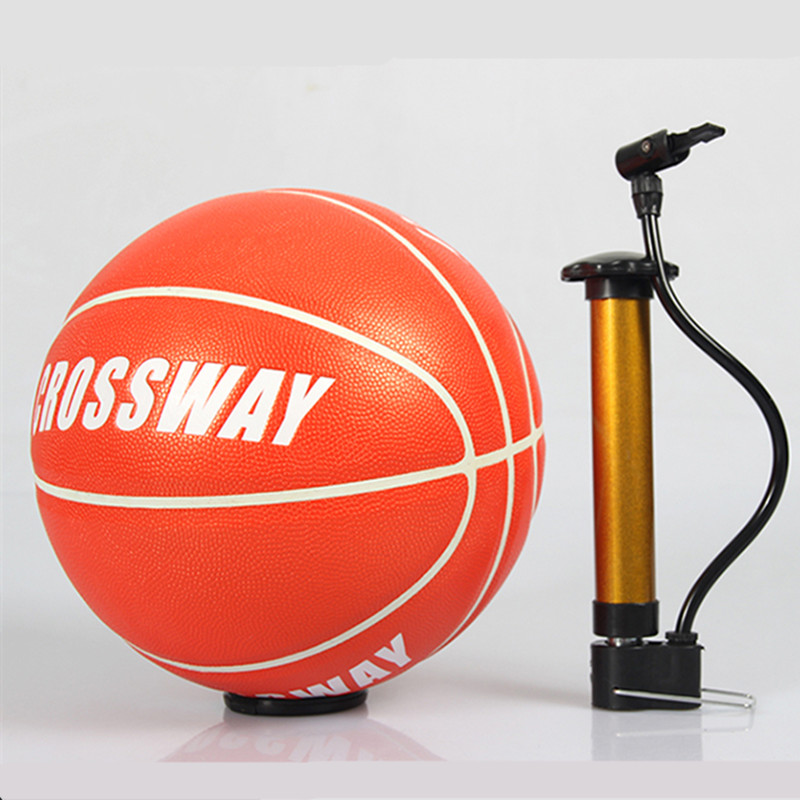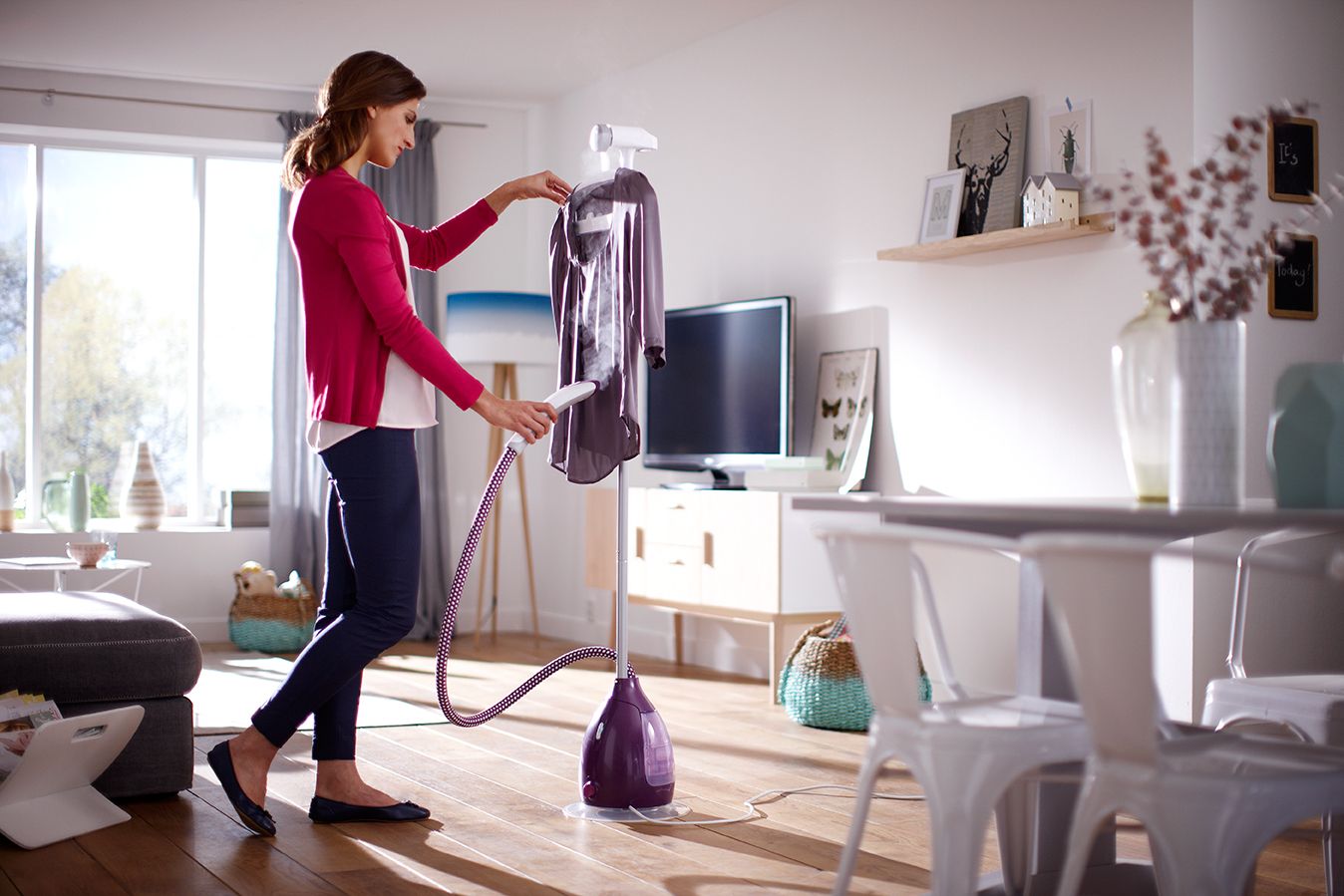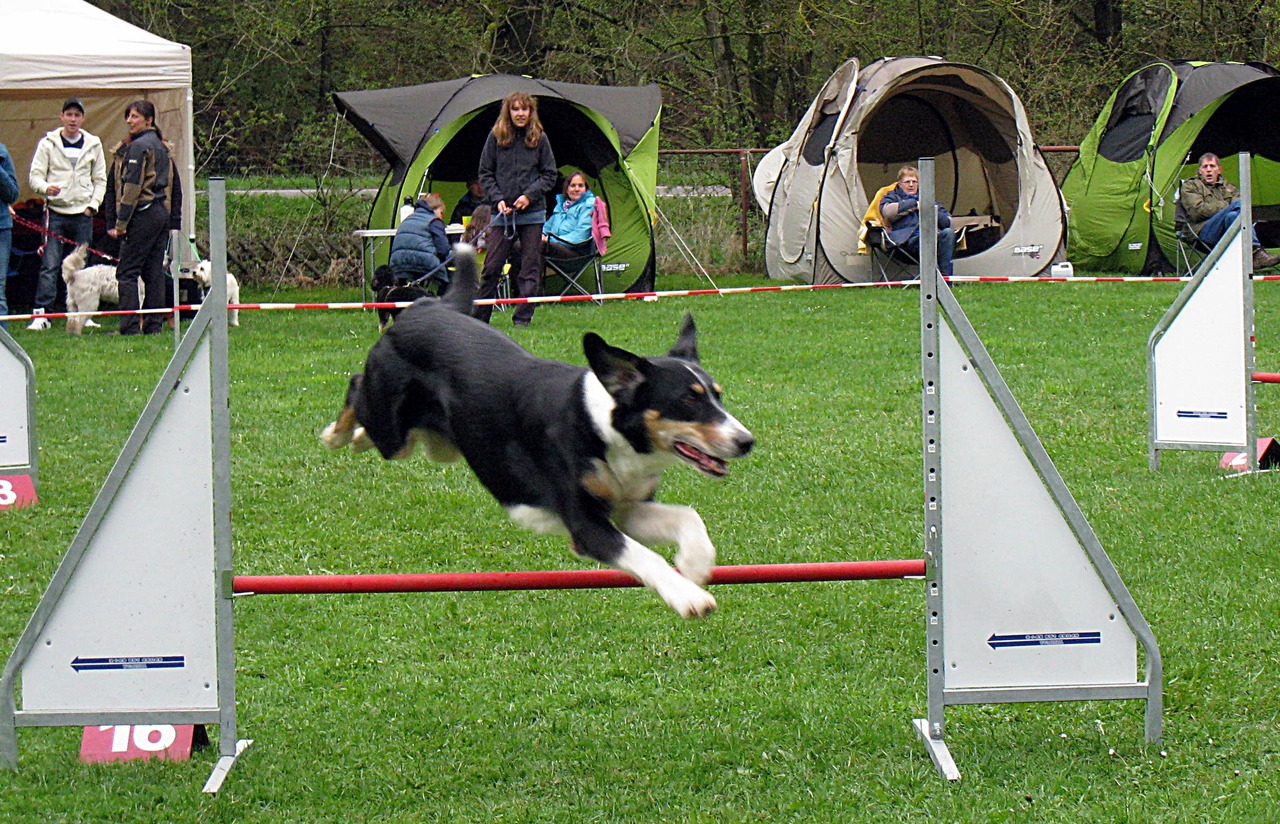Rating of the best duct fans for 2022

A duct fan (aka internal) is a standard ventilation device equipped with blades and integrated into the supply and exhaust system. It is capable of autonomously or manually circulating air flows through the air duct. Such equipment is used in such circumstances when the organization of intensive movement of air flows is necessary. As a rule, such fans are located in the gaps or in the internal spaces of the ventilation ducts, so they are not visible, but are mounted discreetly inside the ventilation system pipeline. Thus, the necessary functionality of all engineering communications is preserved, and the appearance of the interior is not disturbed.
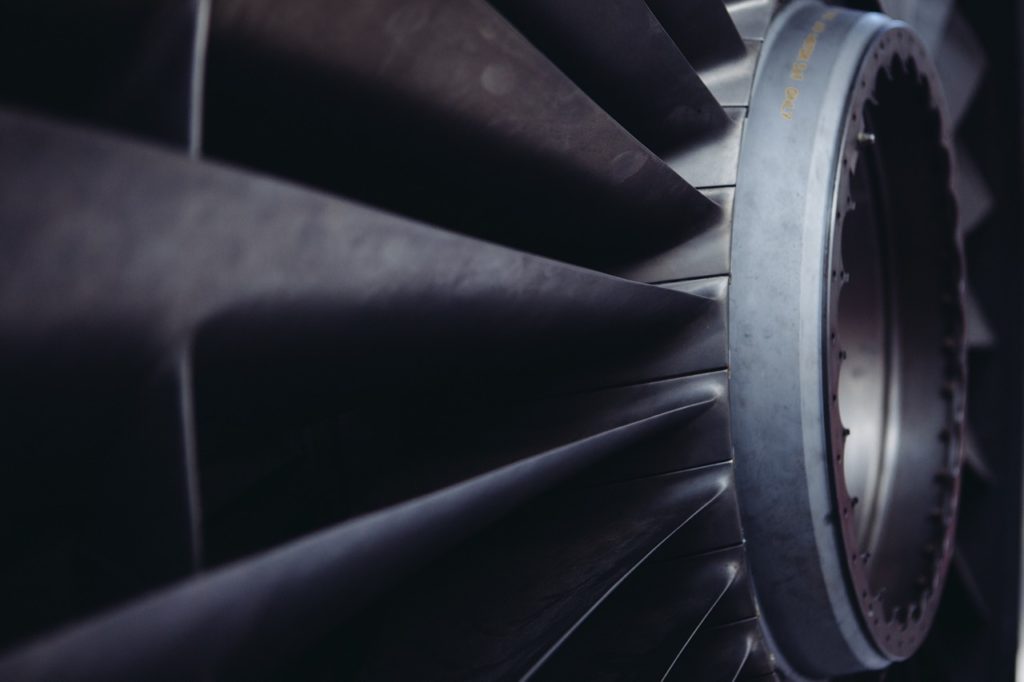
Content [Hide]
- 1 Duct fan - classification by type
- 2 Structural elements and their functionality
- 3 The principle of operation of duct fans
- 4 Channelless and ducted fans - differences and advantages
- 5 Recommended Service Locations
- 6 Questions and criteria for choosing duct fans
- 7 Installation Recommendations
- 8 Rating of the best duct fans for 2022
- 9 Instead of an epilogue
Duct fan - classification by type
The considered ventilation equipment can be classified according to many parameters, therefore, it is worth considering each of them separately.
By scope
Depending on the area of use, internal fans can be divided into domestic, which are low-power and used only at home, and special, which are focused on performing strictly specified tasks. The latter include:
- Heat-resistant - such models are mounted in industrial premises of industrial enterprises, where a positive temperature is set above normal on a permanent basis. It is also possible to install them in baths and baths, over stoves and fireplaces, and in saunas.Their main task is to quickly remove hot air or steam from the serviced premises. In addition, such models are able to prevent the occurrence of corrosion on the walls and objects inside the premises;
- Dust - such samples are able to effectively remove air from the serviced room, which is saturated with a sufficient volume of solid dust fragments. As a rule, they are used in hazardous industries that are associated with the release of small chips (woodworking) or sand particles (concrete industry);
- Explosion-proof - these samples are designed to remove air from the room containing combustible and explosive mixtures (for example, oil refining or flour milling);
- Smoke exhaust - a special type of equipment related to fire weapons. They are able to work in conditions of ultra-high temperatures (up to +600 degrees Celsius) and in a short time will be able to remove smoke from the room.
IMPORTANT! All special duct devices can be located in both round and rectangular duct systems, but their performance must be taken into account!
By design features
Depending on their design, the equipment in question can be classified as follows:
- Axial - such models have a body in the form of a cylinder with several petals of the blades mounted on the axis of the electric motor. The circulation of air masses occurs along this axis. Axial samples are characterized by low noise emitted during operation, general ease of installation. However, due to their own low power, they are used more in domestic conditions - in offices, apartments, small private houses.
- Radial - the air flow in them moves at a set angle to the axis of the electric motor, and circulation occurs due to centrifugal force. The direction of movement will depend on the location of the blades. The main advantage of radial devices is their small size, low noise and low power consumption. And yet, due to the peculiarities of the location of the blades, they are not able to serve large areas.
- Diagonal - their design provides for the initial movement of the air mass diagonally, which is then replaced by a radial one. Quiet operation and small size. However, unlike the previous (radial) ones, they are considered more effective.
- Centrifugal - again, they have small dimensions, but they have increased power and emit little operating noise. The flow is driven solely by traction.
- Diametric - very highly specialized models used in special types of air ducts, where the movement of air is carried out around the entire perimeter of the impeller.
According to the principle of action
According to their main functionality, duct fans can be:
- Supply air - they are aimed exclusively at supplying renewed air to the room;
- Exhaust - specially work in order to remove exhaust air from the room;
- Reversible - are a combination of the two above, i.e. capable of both extract and supply. The mode of operation is changed by setting the desired direction for the rotor.
According to the power and shape of the air duct
- In terms of power, duct fans are simply divided into domestic and industrial ones - the former have low power, while the latter are designed to serve large areas, respectively, their power is much greater.
- The duct fan can be installed in a line with a round, square and rectangular section - the main thing is to choose a model according to its dimensions. Also, the duct duct can even be flexible, but in this case you should not count on the installation of large-sized and high-power instances.
IMPORTANT! As a rule, the possibility of installing the device in a particular type of duct is indicated by its marking. For example, "VKK-315" means that "the duct fan is installed in a pipeline with a circular cross section, the diameter of which is 315 millimeters."
Structural elements and their functionality
Any type of duct fan contains the following parts:
- Housing - it must be made of galvanized steel or heavy-duty plastic. Due to the thick walls of the case, duct fans do not make much noise during operation, and the durable material of the case will withstand heavy loads.
- Blades - their rotation (whether straight or curved) moves the air mass in a given direction. If the petals are bent forward, then they may make slightly increased operating noise, but will give greater efficiency. And vice versa.
- The impeller is the name of the movable (rotating) element on which the blades are attached.
- Motor - An electric motor drives the main rotor.
- The main rotor is the main part on which the overall performance and the direction of air movement (exhaust / supply) depend.
- Decorative crate - is a kind of "face" of the apparatus and is installed on a visually visible part of the wall in order to give an aesthetic look to the interior. At the same time, it protects against the penetration of large fragments of debris and foreign objects into the highway.
- Thermal protection - an element that prevents the device from overheating when the temperature normative indicators are exceeded.
- Non-return valve as an additional option - this element does not allow outside air to enter the room, i.e. go in the opposite direction. Its necessity lies in the fact that if the fan is turned off, then outside air cannot enter the room on its own. As an example, cold air from the street will not penetrate into a heated room.
The principle of operation of duct fans
This principle is quite simple and includes several steps:
- The rotation of the rotor (main wheel) creates an area with reduced pressure;
- Due to the created pressure, the air mass is sucked inward, passing through the grate;
- Then, the incoming air enters the blades, increasing the pressure;
- Further, the air moves along the ventilation line in a given direction under a given pressure.
Channelless and ducted fans - differences and advantages
The main difference between the models under consideration lies in their location, as their names speak for themselves. Duct options are mounted directly inside the air duct. Channelless models are located on the border of the main air exchange medium, i.e. at the outlet of the ventilation shaft, on the roof, in the wall opening, in the area of the window.Such models are characterized by low productivity, and they are supposed to provide small rooms (room, garage, utility room), where the issue of imposing strict requirements on the conditions of the internal microclimate is not acute. At the same time, these rooms should not have excessive humidity levels.
Fans installed in ducts of air ducts have the following advantages over their ductless counterparts:
- High efficiency - the device is able to process large volumes of air;
- Variability of the installation position - they can be mounted vertically, horizontally and even at an angle, and the work itself will not take much time;
- Low noise during operation (no more than 30-45 decibels) and small dimensions;
- The possibility of concealed installation - it is possible to place the channel model not only inside the pipeline, but also behind a suspended ceiling or in a special cabinet;
- It is possible to supplement the factory design with some options, for example, sections to increase noise insulation or additional rotor wheels, which will allow the equipment to be used in difficult climate conditions;
- Channel models are universal - they can be used both at home and at work;
- Inline fans are undemanding to maintenance - they must be cleaned of dust and dirt every six months, and then not the entire device, but only the body and blades;
- They are able to function without interruption, and their advanced protection systems do an excellent job of suppressing the negative effects of power surges and preventing the device from overheating.
Recommended Service Locations
Despite their compact size, affordable price and easy installation, duct fans are capable of performing very important tasks.If we talk about the vast majority of multi-storey buildings in Russia, then only living quarters have windows. Thus, in order to ventilate them, it is enough just to open the window. But, unfortunately, it is difficult to provide a bathroom, pantry or wardrobe with an influx of fresh air. This is where exhaust fans can come in handy - they can perfectly establish air exchange in enclosed spaces, as well as remove unpleasant odors and water vapor in the shortest possible time. Also, a duct fan, in the conditions of a Russian high-rise building, is highly recommended for installation in the kitchen - here you can “kill two birds with one stone”: you don’t have to open the window often (especially important for the cold season), and smoke and soot will be removed through the chimney using a directional method .
Also, it will not be superfluous to extract dirty air masses from the basement, in which, as a rule, soil, capillary and sedimentary moisture accumulates very quickly.
IMPORTANT! It is worth remembering that in some cases, the installation of supply and exhaust ventilation is not just a whim of the homeowner, but a direct requirement of the relevant "Building Codes and Rules", "Technical Regulations" or "State Standards"!
Thus, there are a number of rooms that need to be provided with duct ventilation on a mandatory basis. These include:
- Premises of administrative, public and commercial institutions;
- Warehouses and storage facilities of various types;
- Premises of medical institutions;
- Dining rooms and kitchen facilities of catering establishments;
- Premises with the stay of children in educational institutions;
- Gyms, baths and saunas, as well as swimming pools;
- Production areas and industrial shops.
The requirements for the power and type of channel models should be established according to the type of premises intended to be serviced. The developed ventilation systems can have different lengths, line geometry and performance. However, for all highways, it is invariably worth considering the functionality for which the equipment will be oriented: whimsical and low-power models should not be adapted to provide air to rooms that are supposed to be operated in a difficult microclimate, or in the cold season, or having a level of humidity that is difficult to control.
Questions and criteria for choosing duct fans

First of all, when making a purchase of the equipment in question, you should pay attention to the following points:
- The required performance (it is also the speed of movement of air flows) - for use at home, an indicator of 100-150 cubic meters per hour will be enough. If the value is even less than the specified value, then it simply will not be enough even for one room. But it is always worth remembering that with an increase in the speed indicator, the operating noise indicator will also increase. To clarify the necessary parameters, it is easier to order an assessment from a specialized organization.
- Operating noise - it will not matter if only the technical room is supposed to be serviced. For living rooms, it is necessary to use low-noise models (the most silent options are those with backward-curved blades).
- Design features - you need to understand that the selected device must fit the existing line (round, rectangular, square or flexible).
- Additional options - among them, a check valve function will be a good option, which can be active (capable of closing on its own at a certain moment) or passive when manual closing is required. Another useful option may be the presence of a timer - with the help of it it is possible to determine the time frame for the operation of the equipment.
- The material of the body of the apparatus - as a rule, the bodies are made of steel, bronze or aluminum. There are also options made of durable plastic. In any case, before making this choice, it is necessary to assess the future environmental conditions during operation.
- If it is planned to install a duct device in a bathroom, bathroom or kitchen (in other words, in rooms with high humidity or dust), then the housing of the ventilation device must have a certain degree of protection. Otherwise, if moisture or dust enters the case, a short circuit may occur.
Installation Recommendations
You can also install the equipment in question yourself - study the attached instructions in detail. However, self-installation will require some basic skills and knowledge. The standard installation algorithm will consist of the following steps:
- Fixing the device on the base using any type of clamps (from glue to screws);
- Connecting the device to the air duct through nozzles;
- Sealing joints and cracks with sealant or mounting foam;
- Installation of a decorative crate at the entrance.
- In case of doubt, it is easier to contact the relevant specialists and then you can get:
- Competent installation without the risk of future failures in the operation of the entire system;
- The completion of the installation process is always accompanied by the issuance of certain guarantees to the client - both for the correctness of the installation itself, and for commissioning.
Rating of the best duct fans for 2022
Budget segment
3rd place: "Ballu FLOW 125"
votes 0
A great option that combines good quality and attractive price. It has a low noise threshold - up to 30 decibels. This model, having small dimensions, is easily integrated into lines with small cross-sectional diameters - up to 119 millimeters. Due to the use of heavy-duty plastic to the casing structure, the indicators of the lightest device among duct fans have been achieved. The intensity of its air exchange does not take too great heights, however, it is perfect for home use. Separately, it is worth noting the double speed of motor adjustment. Due to the use by the manufacturer of particularly durable materials for the manufacture of the plastic housing, an increased service life was achieved. However, the machine will require cleaning every six months. The recommended cost for retail chains is 2700 rubles.

- Small noise threshold;
- Housing made of heavy-duty plastic;
- Extended Warranty.
- Periodic cleaning required.
2nd place: Blauberg TURBO
votes 0
A good "modern", produced in several variations. Differs in special productivity from 137 to 1750 cubic meters per hour. The case is assembled taking into account the resistance to high humidity, and also has a special strength in relation to mechanical damage. Thanks to easy disassembly, the case can be easily disassembled into its component parts, without any special effort.This circumstance makes it easy to clean the device. It has a single-phase motor at two speeds, which makes it possible to remove the impeller without dismantling the housing (which is important when replacing the blades). It is possible to connect to an external controller. However, the model has a high noise level. The recommended retail price is 4100 rubles.

- Dimensions and lightness;
- Moisture protection;
- More or less reasonable price.
- Possible loud noises during operation due to incorrect installation.
1st place: VENTS TT PRO 200
votes 1
An excellent copy produced in the expanses of the former Soviet Union. Easily falls into the segment! "Even"! semi-industrial models, due to their very large air exchange - up to 1040 cubic meters per hour. It has a powerful engine of 108 watts, with a relatively small weight of 4 kilograms. Available for installation in pipelines with a cross section of up to 200 mm. The case is made with all the properties of moisture protection according to ISO standards. The two-speed fan is capable of the most precise setting. The recommended retail price is 5500 rubles.

- High intensity of air exchange;
- Housing with moisture protection;
- Ease of installation.
- Possible noise increase.
Middle price segment
3rd place: VENTS TT Silent-M 200
votes 1
This sample perfectly combines increased performance coupled with low noise levels. The case is made of alloyed steel and equipped with a polymer coating. The impeller model uses innovative technologies that are aimed at better energy consumption.The blades of the operating unit can be directed in different directions, and their precise tilt and turn contributes to better movement of air masses. The unit, for the most part, silent, together with external regulators, is able to provide a proper air conditioning system. The recommended price is 7200 rubles.

- Alloy steel body;
- Low noise functionality;
- Special appointment.
- Not found
2nd place: "Soler&Palau OZEO-E"
votes 1
This sample is the representative of multi-zone models that are adapted to work in isolated rooms. However, regardless of their specialization, they can also be used in large sleeping areas (for example, camp barracks). This device is equipped with four suction nozzles for a couple with a single blower, which allows you to control the suction of air in four directions. The design has 3 plugs that cover the suction pipes. In this sample, an EcoWatt AC motor is implemented, which establishes an additional degree of utility in use. As a result, it is possible to apply control by means of an infrared remote control throughout the system.

- Specific functional focus;
- Possibility of remote control;
- Use of protective international standards.
- Unreasonably large weight.
1st place: MMotors VOK-T
votes 0
This device is designed to control temperature deviations, which are produced by additional elements installed on the fan casing. The maximum operating temperature is set at +180 degrees Celsius.The manufacturer himself sets 30,000 hours of operation without failure. The electric motor on ball bearings qualitatively reduces the operating noise. Recommended cost - 8500 rubles
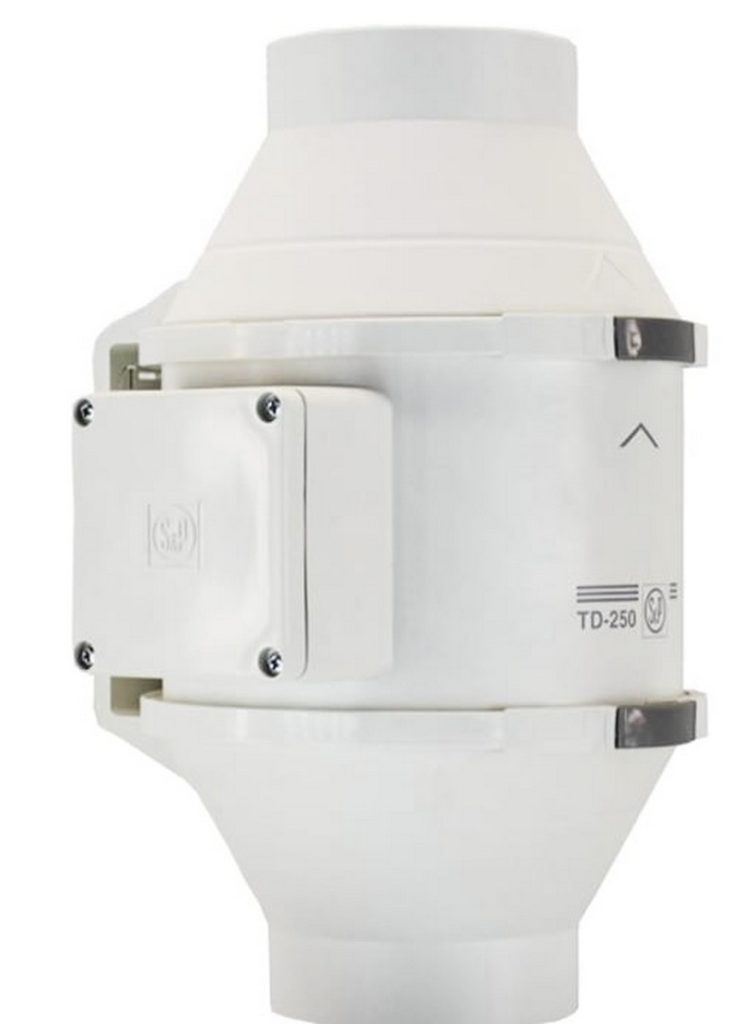
- Extended temperature range;
- Rugged housing;
- Less noise.
- Not detected
Premium class
2nd place: Soler&Palau TD250/100
votes 1
Absolutely designed for industrial use sample, made of high quality plastic. It has a three-speed motor on ball bearings, coupled with an overheat protection system. The device itself does not have a complex structure and is very easy to understand. Installation is possible in any highway, including industrial. The recommended cost for retail chains is 8700 rubles.
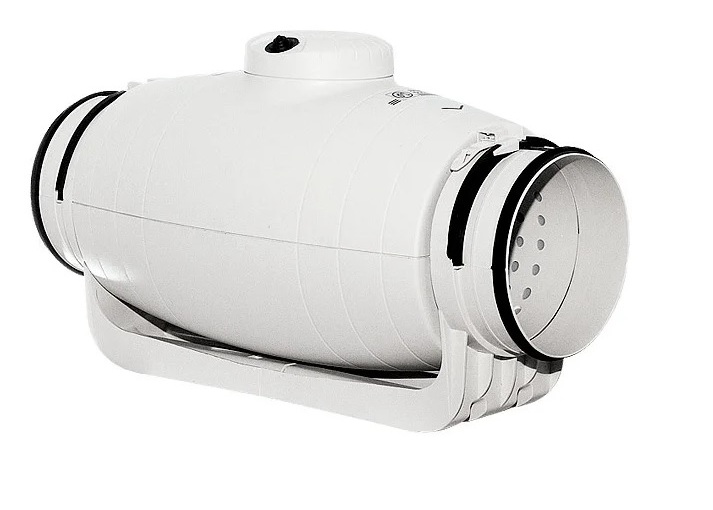
- Powerful body;
- Overheat protection;
- Easy installation work.
- High price.
1st place: "Inline fan ESQ VKP 70-40-4D 380V 03.05.217868"
votes 0
100% powerful model that installs smoothly in problem areas. More adapted to industrial tasks. However, Esquire's integration is also possible in office premises, but only in regions with permanently high positive temperatures.

- Narrow specialization;
- Powerful "exhaust" (efficiency);
- Easy installation.
- Not detected.
Instead of an epilogue
Based on the data obtained by analyzing the existing market for the devices in question, it is possible to conclude the following - the current market is saturated with the required devices and is completely inclined towards the Russian manufacturer. The only exceptions are industrial designs, which cost a lot.
new entries
Categories
Useful
Popular Articles
-

Top ranking of the best and cheapest scooters up to 50cc in 2022
Views: 131668 -

Rating of the best soundproofing materials for an apartment in 2022
Views: 127705 -

Rating of cheap analogues of expensive medicines for flu and colds for 2022
Views: 124531 -

The best men's sneakers in 2022
Views: 124050 -

The Best Complex Vitamins in 2022
Views: 121954 -

Top ranking of the best smartwatches 2022 - price-quality ratio
Views: 114989 -

The best paint for gray hair - top rating 2022
Views: 113407 -

Ranking of the best wood paints for interior work in 2022
Views: 110336 -

Rating of the best spinning reels in 2022
Views: 105341 -

Ranking of the best sex dolls for men for 2022
Views: 104381 -

Ranking of the best action cameras from China in 2022
Views: 102229 -

The most effective calcium preparations for adults and children in 2022
Views: 102022
